Welcome, future Pokémon Master! If you've ever been captivated by the world of Pokémon and wanted to experience the thrill of battle for yourself, you've come to the right place. The Pokémon Trading Card Game (TCG) is a strategic and exciting game enjoyed by millions worldwide, where you take on the role of a Pokémon Trainer, build your own team, and battle for victory.
This guide is your ultimate starting point. We'll break down everything you need to know to play your first full game, from understanding your cards to declaring your first attack. Let's get started!
What Is the Goal of the Pokémon TCG? The Three Paths to Victory

While the battles are the heart of the game, winning isn't just about having the strongest Pokémon. There are three distinct ways to claim victory in a match. The first Trainer to achieve any one of these conditions wins the game!
-
Take All Your Prize Cards: At the start of the game, each player sets aside six "Prize Cards." Every time you Knock Out one of your opponent's Pokémon, you take one of your own Prize Cards and add it to your hand. The first player to take their sixth and final Prize Card wins. This is the most common way to win.
-
Knock Out All Your Opponent's Pokémon: If you Knock Out your opponent's Active Pokémon and they have no Benched Pokémon to replace it, you win the game on the spot.
-
Deck Out Your Opponent: Every player must draw a card at the beginning of their turn. If a player is unable to draw a card because their pokemon deck is empty, they lose the game immediately.
The Three Core Pokemon Card Types: Your Pokémon TCG Toolkit

Every 60-card deck is built using three fundamental types of cards. Understanding their roles is key to building a functional team.
-
Pokémon Cards: These are your battlers and the core of your deck. They have Hit Points (HP), attacks, and an elemental Type (like Fire or Water) that determines their strengths and weaknesses.
-
Energy Cards: These are the fuel for your Pokémon's attacks. You must attach Energy cards to your Pokémon to power up their moves.
-
Trainer Cards: These are support cards that represent the items and allies you use on your journey. They provide a wide range of powerful effects, like drawing more cards, healing your Pokémon, or disrupting your opponent.
How to Read a Pokémon Card: A Visual Guide

A Pokémon card can seem packed with information, but every card follows a consistent layout. Let's break down the anatomy of a typical Pokémon card.
-
Top Section:
-
Name and Evolution Stage: At the very top, you'll find the Pokémon's name and its stage (Basic, Stage 1, or Stage 2). A Basic Pokémon can be played directly from your hand, while Stage 1 and Stage 2 Pokémon must be evolved from a Pokémon already in play.
-
HP (Hit Points): In the top-right corner, this number shows how much damage the Pokémon can take before it's Knocked Out.
-
Type: The symbol next to the HP indicates the Pokémon's elemental type (e.g., a flame for Fire, a water drop for Water). This is crucial for calculating damage.
-
-
Middle Section:
-
Attacks: This area lists the Pokémon's attacks. Each attack shows its Energy Cost (the type and number of Energy cards needed to use it) and the Damage it deals to the opponent's Active Pokémon. A colorless star symbol means any type of Energy can be used.
-
-
Bottom Section:
-
Weakness, Resistance, and Retreat Cost: This bar provides vital combat info.
-
Weakness: Shows which type deals extra damage (usually double) to this Pokémon.
-
Resistance: Shows which type deals reduced damage to this Pokémon.
-
Retreat Cost: The number of Energy cards you must discard to move this Pokémon from the Active Spot to the Bench.
-
-
Card Information: At the very bottom, you'll find the set symbol and the card's number in that set (e.g., 36/114). You'll also see a small rarity symbol: a circle for Common, a diamond for Uncommon, or a star for Rare.
-
The Battlefield: Understanding Your Play Area

All the action in the Pokémon TCG happens across a few key zones on your playmat.
-
Active Spot: This is the main battle position. Your Active Pokémon is the only one that can attack and is the primary target for your opponent's attacks.
-
Bench: This is your reserve area. You can have up to five Pokémon on your Bench, ready to jump into the Active Spot if your current one retreats or is Knocked Out.
-
Deck: Your 60-card deck sits here, face-down.
-
Discard Pile: When cards are used or Pokémon are Knocked Out, they go here, face-up.
-
Prize Cards: The six cards you set aside at the start of the game. They are your primary path to victory.
Setting Up Your First Game: A Step-by-Step Guide

Following a precise setup sequence ensures every game starts fairly. This is the official procedure for both casual games and world championships.
-
Flip a Coin: The winner of the coin flip decides which player will go first.
-
Shuffle & Draw: Both players shuffle their 60-card decks and draw a 7-card hand.
-
Place Your Pokémon: Look for a Basic Pokémon in your hand. You must have at least one to start. Place one Basic Pokémon face-down in the Active Spot. If you have other Basic Pokémon, you can place up to five of them face-down on your Bench.
-
What if I have no Basic Pokémon? This is called a "mulligan." You must show your hand to your opponent, shuffle it back into your deck, and draw a new 7-card hand. You repeat this until you have a hand with a Basic Pokémon. For each mulligan you take, your opponent gets the option to draw one extra card.
-
-
Set Prize Cards: Take the top six cards of your deck and place them to the side, face-down, without looking at them. These are your Prize Cards.
-
Begin Play: Both players flip all their Pokémon (Active and Benched) face-up. The game is now ready to begin!
The Structure of a Turn: Draw, Act, Attack

Each player's turn is divided into three main parts, which must be followed in order.
-
Draw: The very first thing you must do on your turn is draw one card from the top of your deck.
-
Main Phase (Actions): After drawing, you can take various actions in any order you like.
-
Attack: The very last thing you do on your turn is attack with your Active Pokémon. After you declare an attack and its effects are resolved, your turn immediately ends.
The Main Phase: All Your Possible Actions
During your Main Phase, you have a lot of freedom. Some actions you can do as many times as you like, while others are strictly limited.
Unlimited Actions:
-
Play any number of Basic Pokémon from your hand to your Bench (up to a maximum of five).
-
Evolve your Pokémon (place a Stage 1 card on top of the matching Basic Pokémon). A Pokémon cannot evolve on the same turn it was put into play.
-
Play Item cards from your hand.
-
Use any Abilities on your Pokémon.
Once-Per-Turn Actions:
-
Attach one Energy card from your hand to one of your Pokémon (either Active or Benched).
-
Play one Supporter card from your hand.
-
Retreat your Active Pokémon to the Bench by discarding Energy equal to its Retreat Cost.
The First Turn Rules: A Crucial Balancing Act
To ensure the game is balanced, two important restrictions are placed on the player who goes first:
-
The first player cannot attack on their first turn.
-
The first player cannot play a Supporter card on their first turn.
The player who goes second can attack and play a Supporter on their first turn as normal.
Attacking and Damage: The Basics of Battle

To attack, your Active Pokémon must have the required Energy attached, as shown by the Energy Cost next to the attack name. When you attack, you deal damage to your opponent's Active Pokémon.
-
Calculating Damage: Start with the base damage of the attack. Then, check your opponent's Pokémon for Weakness and Resistance. If it has a Weakness to your Pokémon's type, the damage is usually doubled. If it has a Resistance, the damage is usually reduced.
What are Special Conditions?

Some attacks do more than just damage; they can inflict a Special Condition. These are lingering effects that can disrupt your opponent's Pokémon.
-
Poisoned: A Poisoned Pokémon takes damage between turns.
-
Burned: A Burned Pokémon takes damage between turns, but its owner can flip a coin to try and remove the Burn.
-
Asleep: An Asleep Pokémon cannot attack or retreat.
-
Paralyzed: A Paralyzed Pokémon cannot attack or retreat for one turn.
-
Confused: A Confused Pokémon must flip a coin to attack. If it's tails, the attack fails and it damages itself!
And that's it! You now know the fundamental rules of the Pokémon Trading Card Game. The best way to learn is to play, so grab a friend, a pre-built deck, and start your journey to becoming a Pokémon Master!
About the Author
This guide was authored by the TCG Protectors team. Our expertise is deeply rooted in the Pokémon Trading Card Game community, led by one of our founders—the owner of Phoenix Cards in Phoenix, Arizona. As a dedicated player for over 20 years and the host of weekly Pokémon TCG nights at his store, his hands-on strategic experience is a cornerstone of our knowledge base. We are dedicated to combining this deep community connection with our passion for protection, sharing our insights to help players master the game.
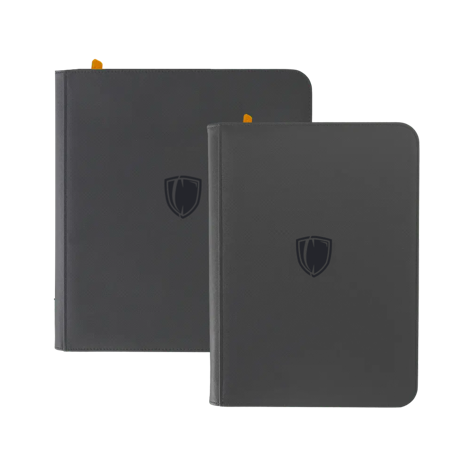
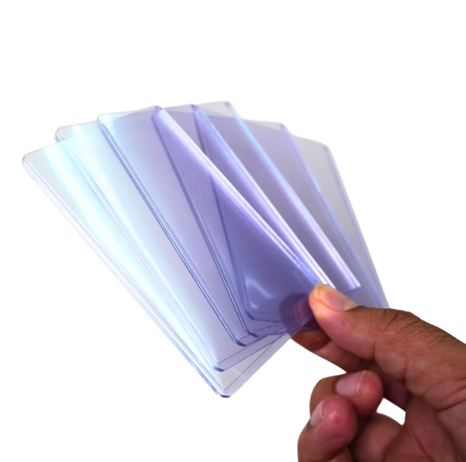

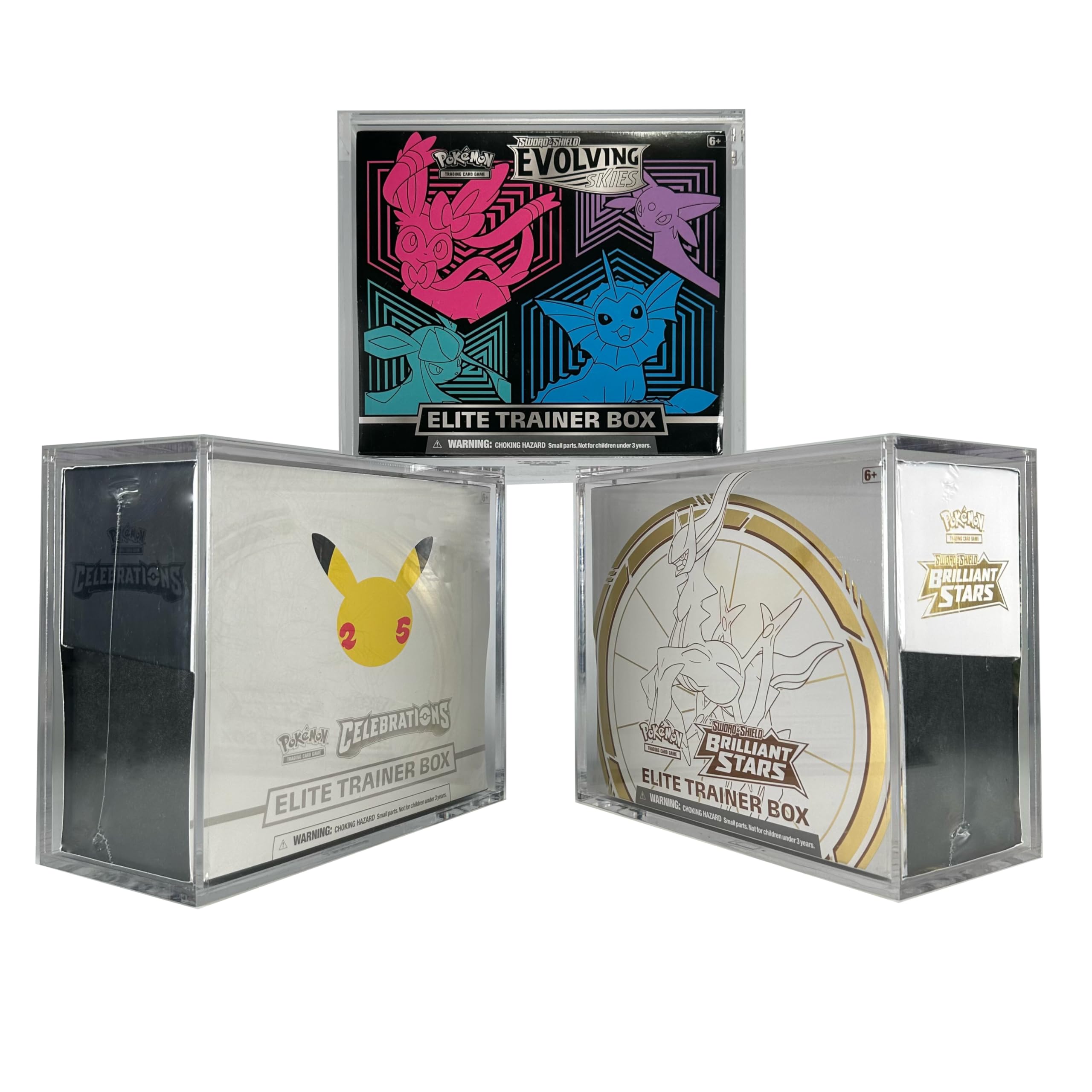
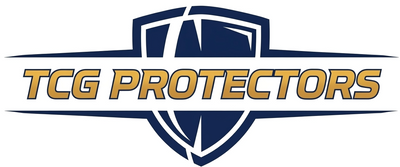
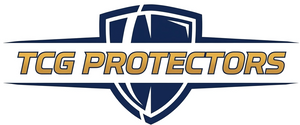




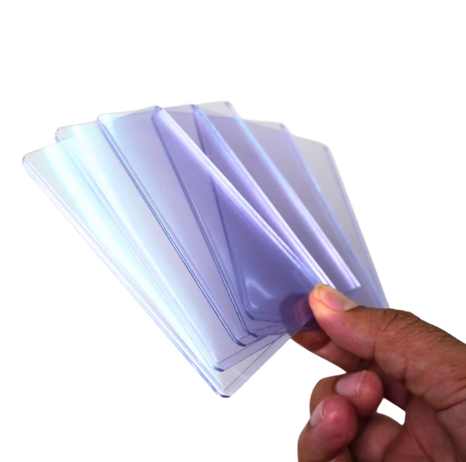

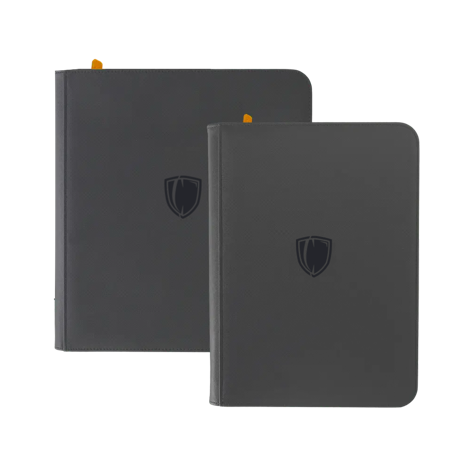
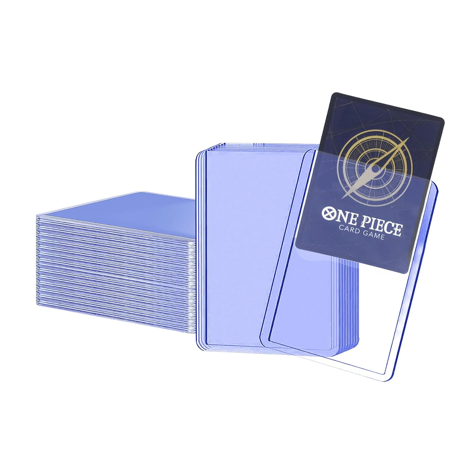
Leave a comment